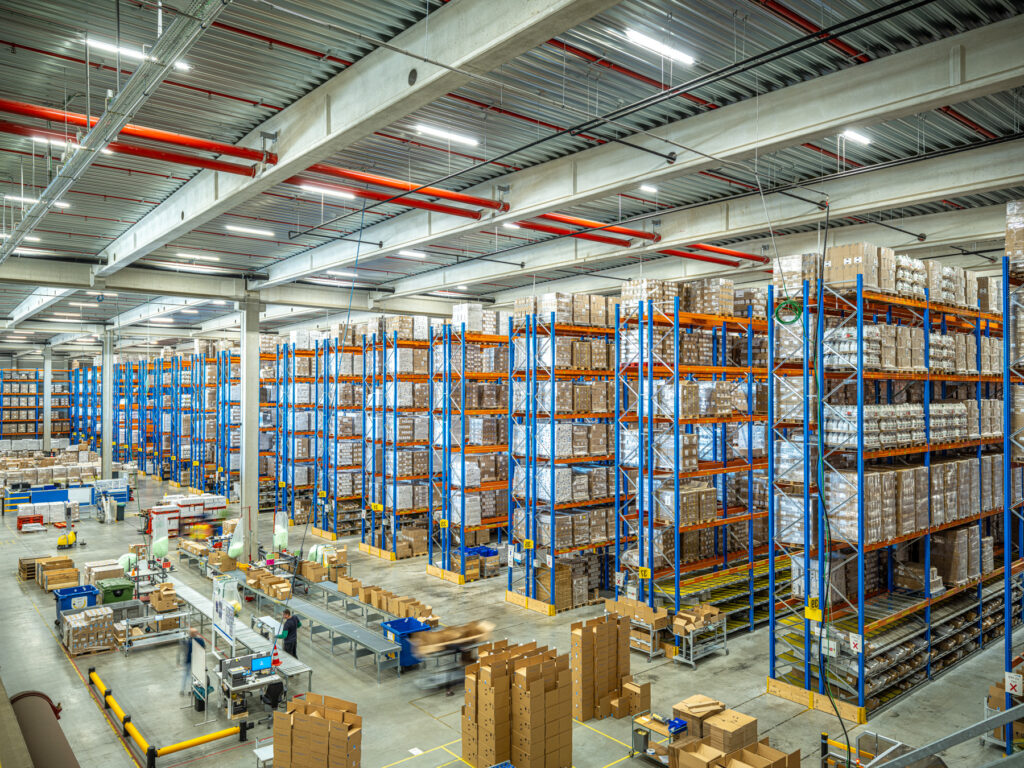So, what is the most challenging of the cold chain? Probably all the above mentioned since there are several links in the cold chain, value of these goods is higher and the health of the patients taking the medicines are at risk when these goods are not packed, stored and transported correctly. Estimated by Grand View Research Inc is that the cold chain logistics market size will reach 447,5 billion dollars by 2025 and therefore will continue to strive improvement in the packing, processing and cold storage procedures. It is therefore extremely important to be up to date with all changing elements like documentation needs, regulations, etc. as well as ways to improve your chain continuously. So, how to minimize the risks? Well, a common trend is to outsource the whole chain to a logistical third-party which has more experience and expertise with cold chain logistics. They are probably more up to date with all the regulations in the different countries, standard practices and have the connections needed for this complex chain.
At Broekman Logistics we have the knowledge, experience and connections to be this reliable logistic third party for pharmaceutical products. Not only can we provide the cold storage facilities, we’ve a broad network of reliable parties involved in this pharmaceutical industry. Would you like to know how Broekman Logistics can help you with your pharmaceutical challenges?
Please get in contact with our expert Jasper Heijnen.





